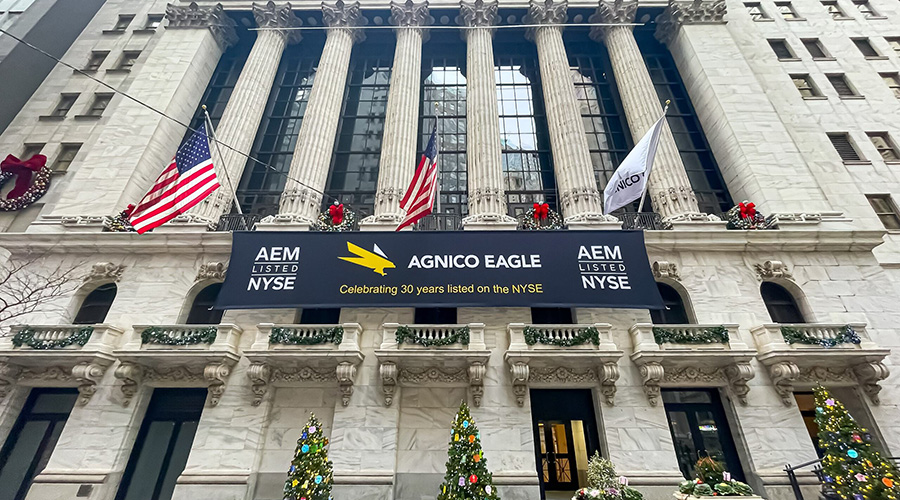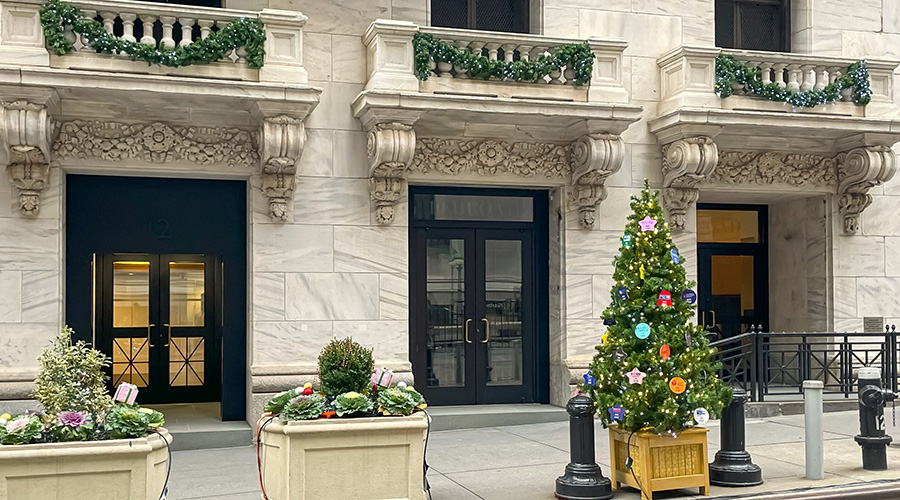NFPA 80 Fire Door Inspection Requirements Include Certification Standards
One important area that has changed a good bit in recent years is life safety and fire doors. With NFPA 80 requiring fire door inspections — by inspectors certified by a program such as the Door and Hardware Institute's Fire and Egress Door Assembly Inspection Program — ensuring that they have the required clearances and operations can be challenging, because not all fire doors are used on a regular basis.
Calhoun, who does a lot of high-rise work, calls attention to one particular problem that often occurs in those types of buildings: The floor is often not level. This, in turn, makes it more difficult to ensure that the required undercuts — under NFPA 80, an undercut of 3/4 of an inch is required for all labeled fire doors — exist when the door is installed.
"When you start going up in the tower (of a high-rise) the level of the flooring can really vary," he says. "We've seen buildings where it's four to five inches difference in elevation from one end of the floor to the other."
Codes often call for certain hardware characteristics that may not be "conducive to a durable opening," says Lineberger. But, if the code requires certain hardware, then you don't want to be caught lacking when the inspector comes around, so keep your fire doors and other life safety features high on the priority list for ongoing inspections and maintenance.
Another element in life safety is egress, even if the door is not a fire door. Toy says that one common issue is doors in areas with security concerns having extra locksets or deadbolts installed that do not open when the main door latch is opened. That not only often runs afoul of codes; it can lead to injuries or worse.
Toy's company consulted on an incident where a firefighter was injured when he couldn't get out of a dark, smoke-filled building because he couldn't find all the releases on the back door. The door had extra deadbolts installed, a violation of the code that called for all locks on the door to release when the opener was activated. The firefighter was injured and the incident led to litigation, and Spalding, during the consulting process, pointed out that the locks were not code-compliant and that there were options available that would have allowed for extra locks that did release simultaneously with the main latch.
Ultimately, life safety concerns come down to the same basic considerations as doors and hardware in general. Proper documentation, a solid maintenance plan, and an understanding of the multiple factors involved can help ensure you get what you expect without having to spend extra time and money.
Related Topics:














